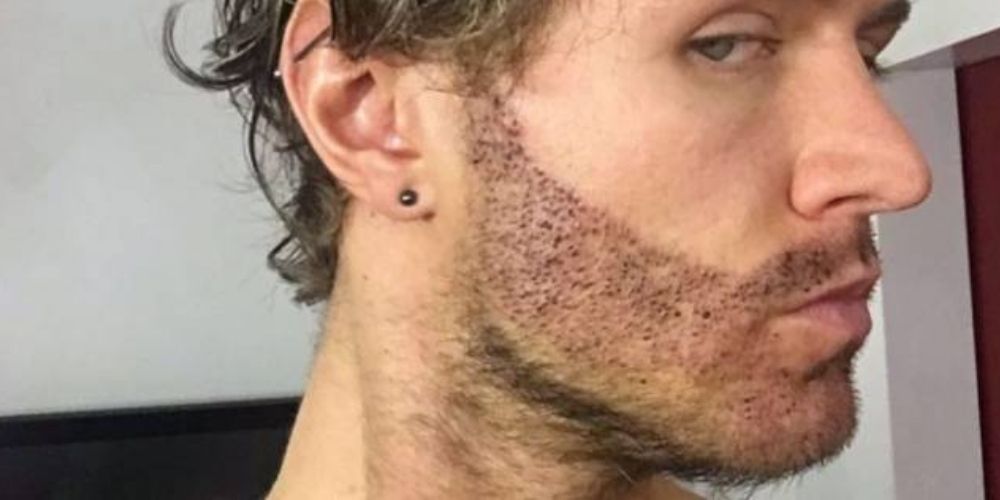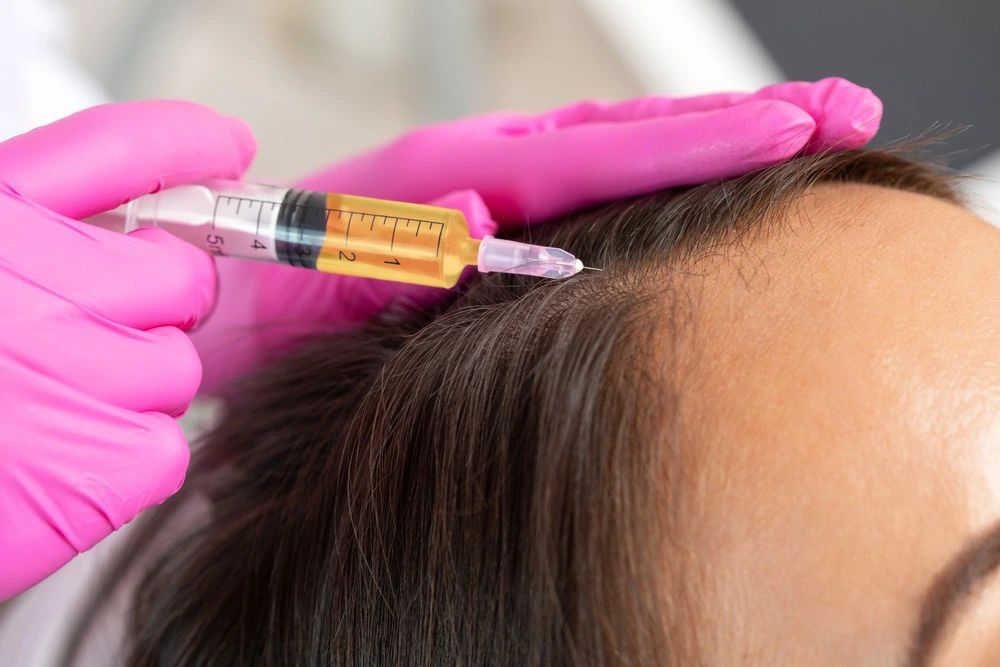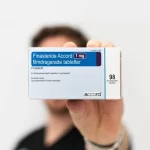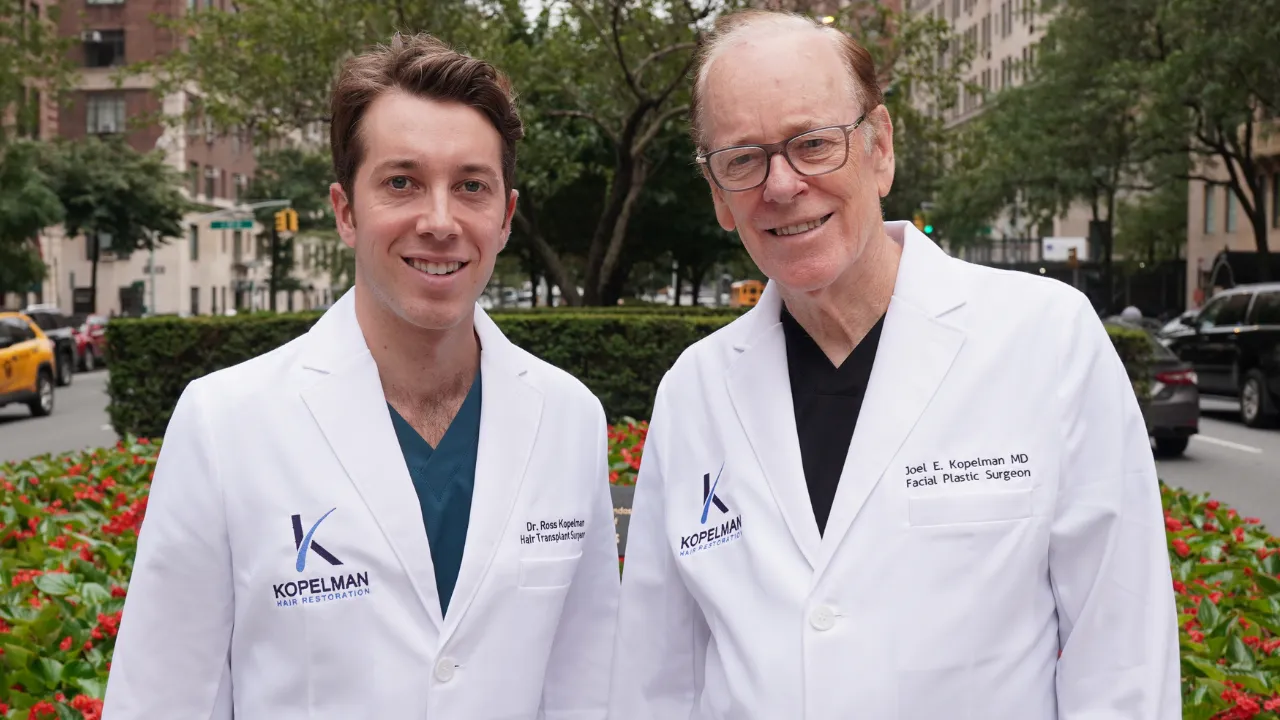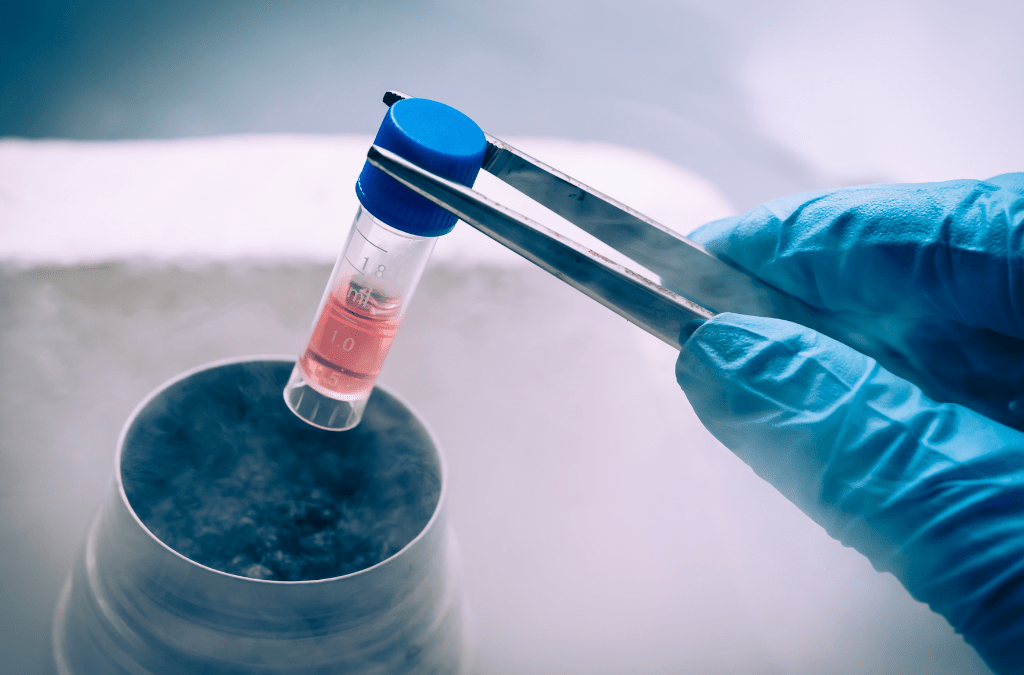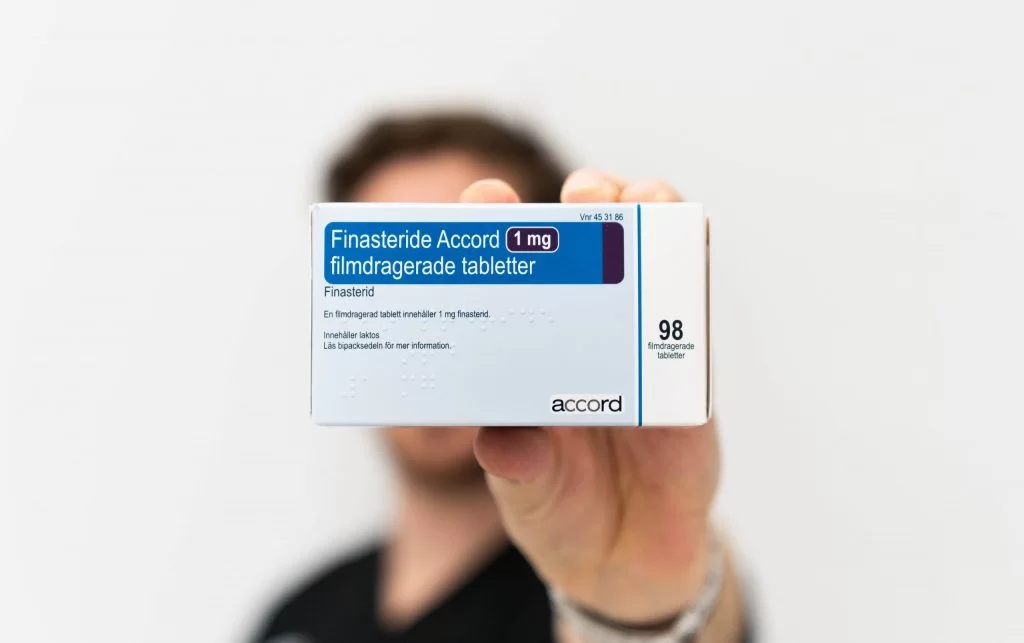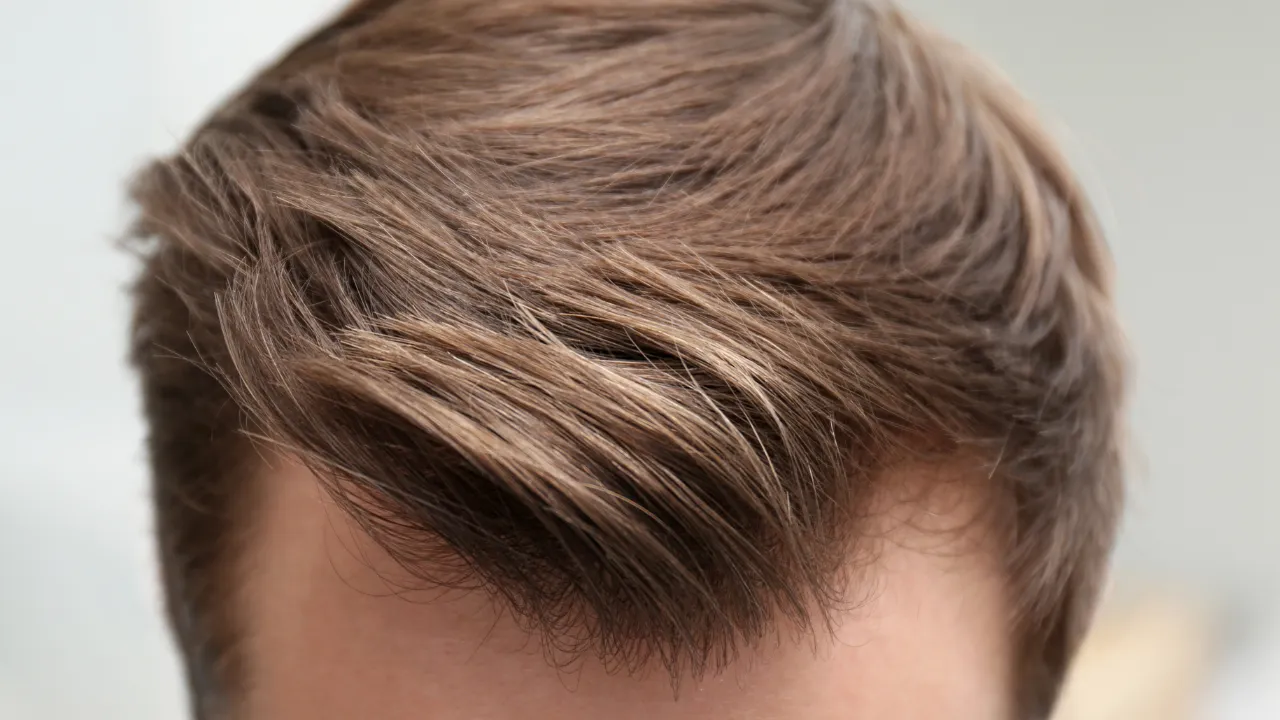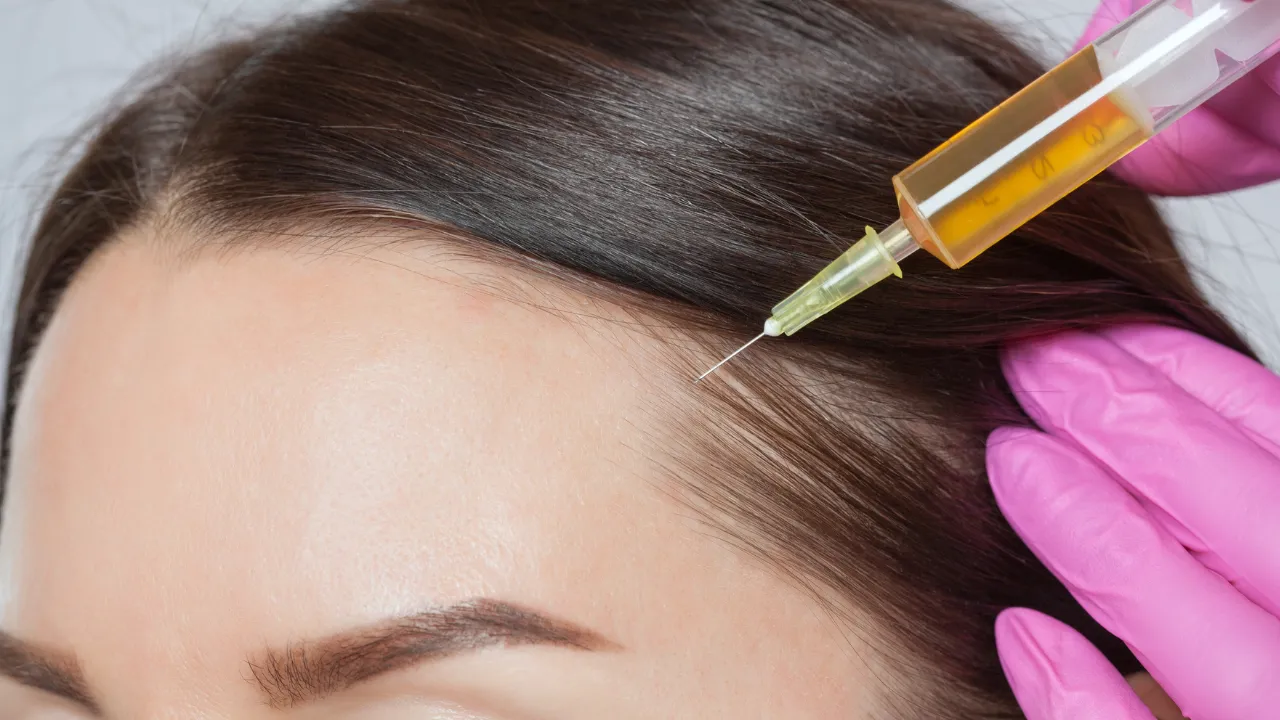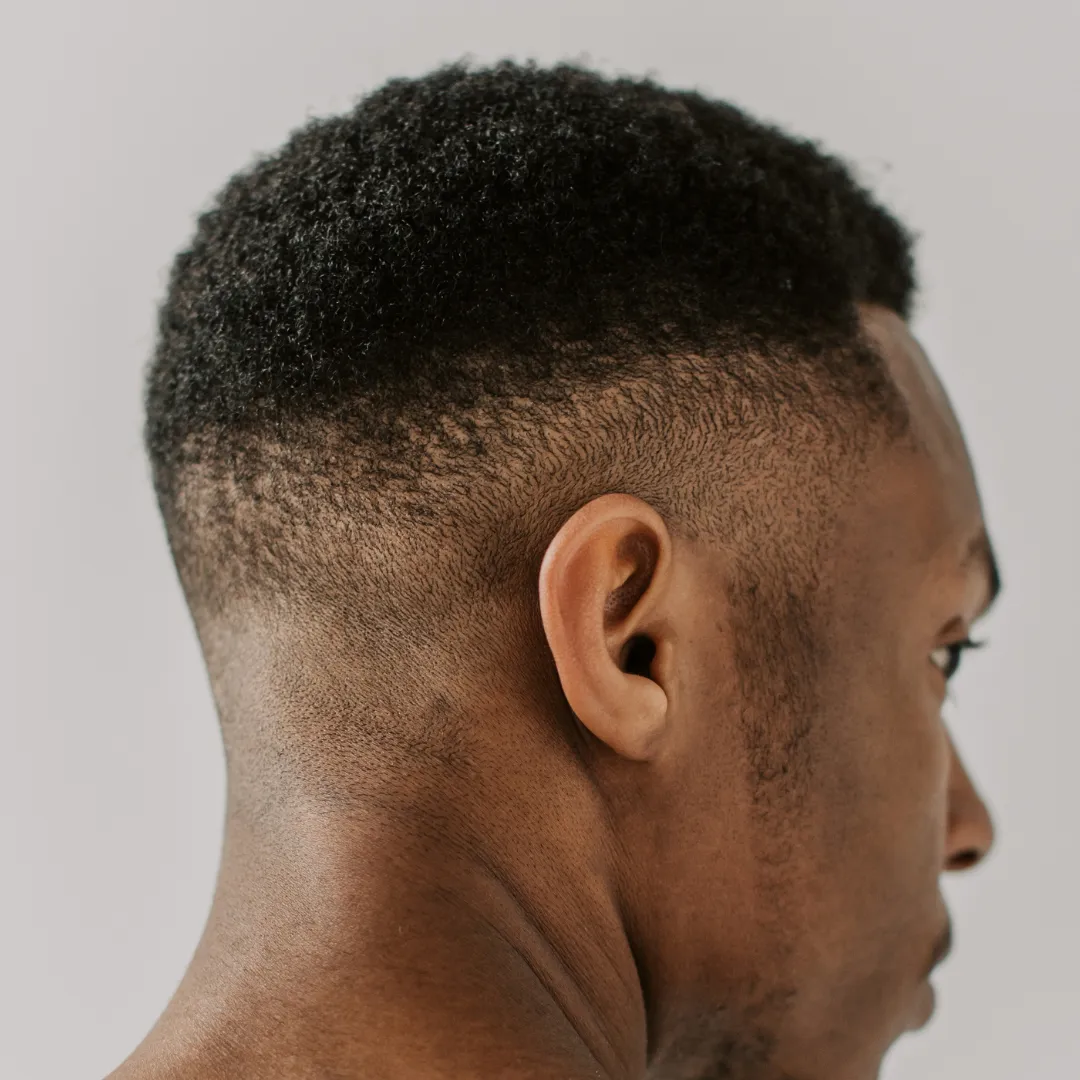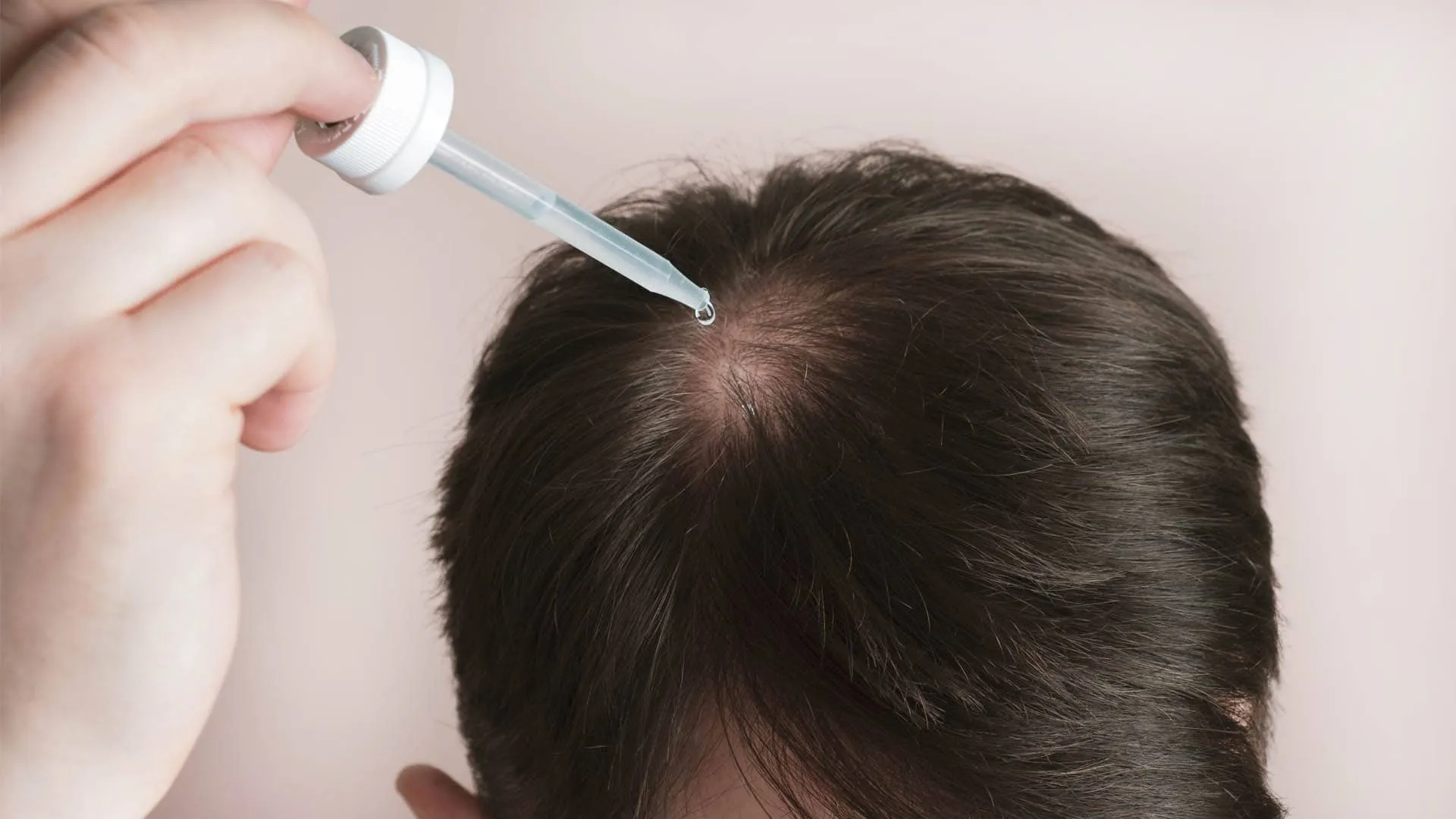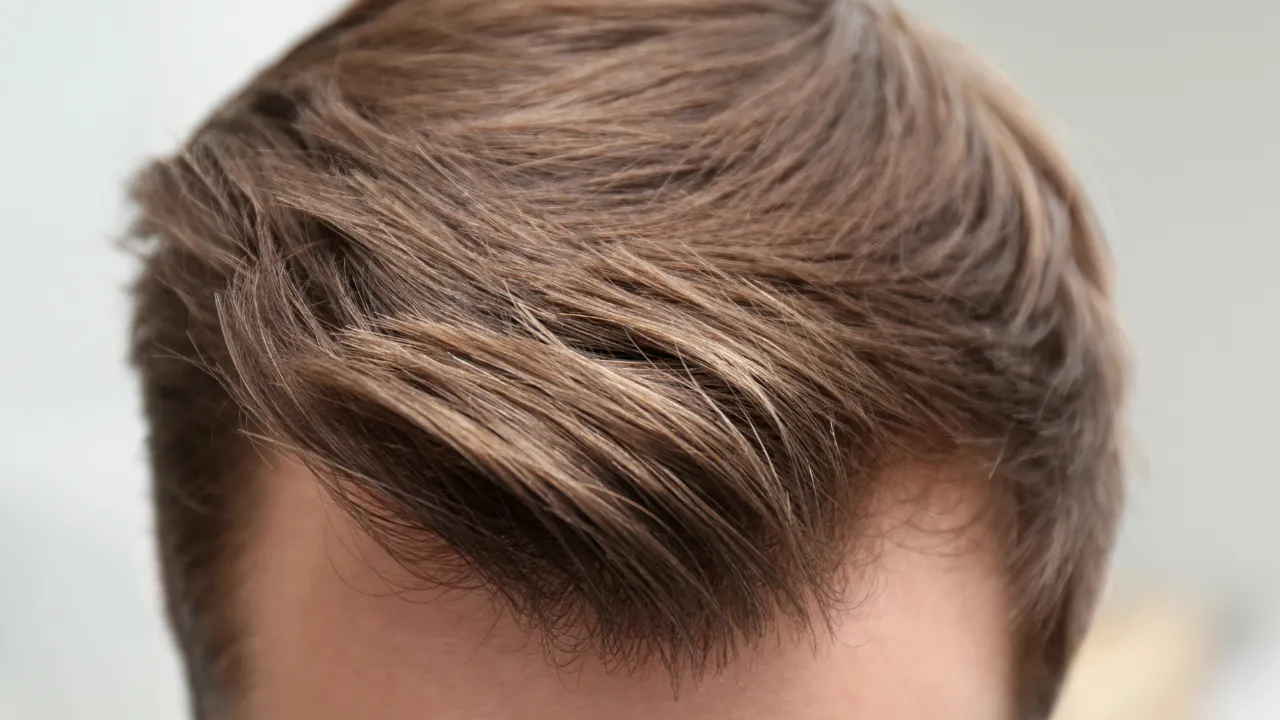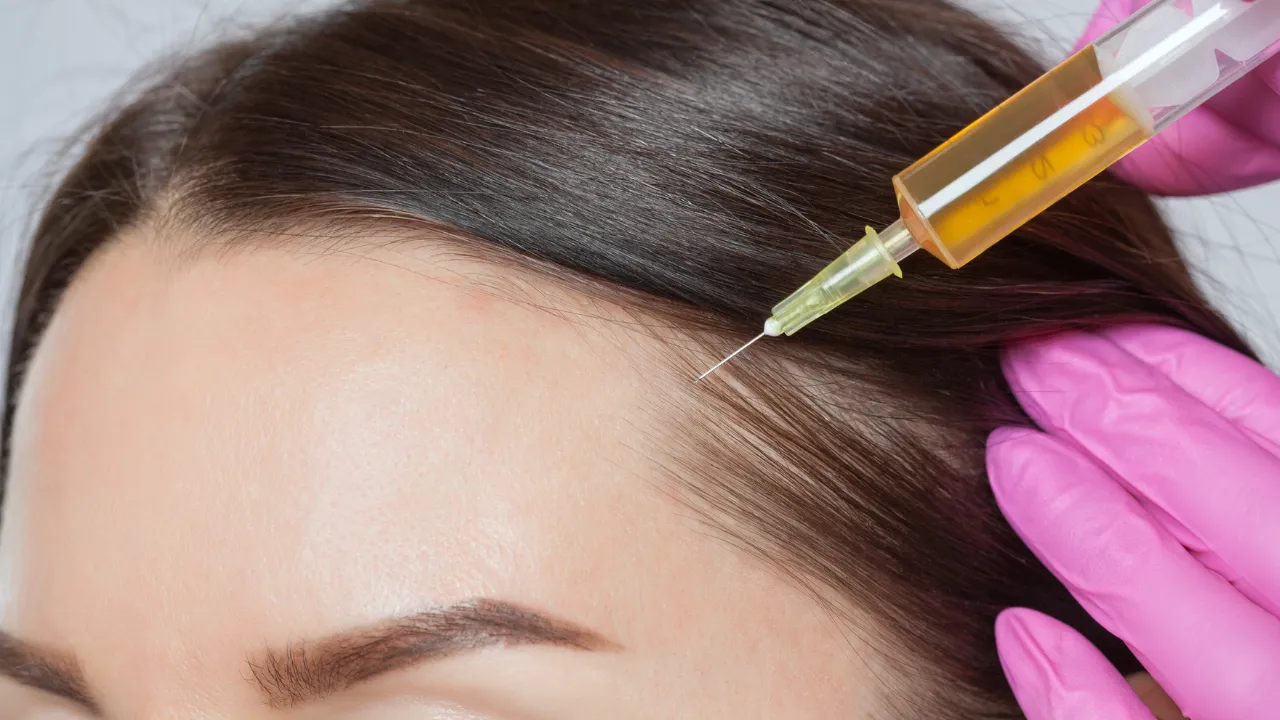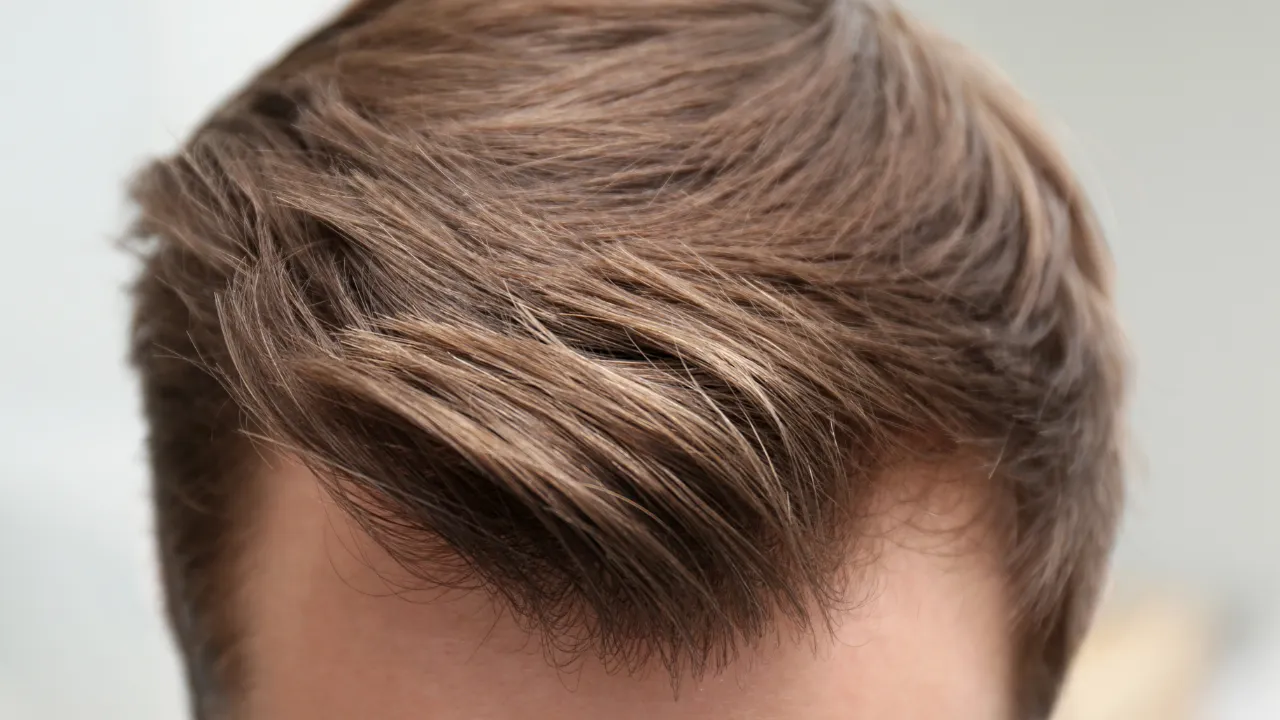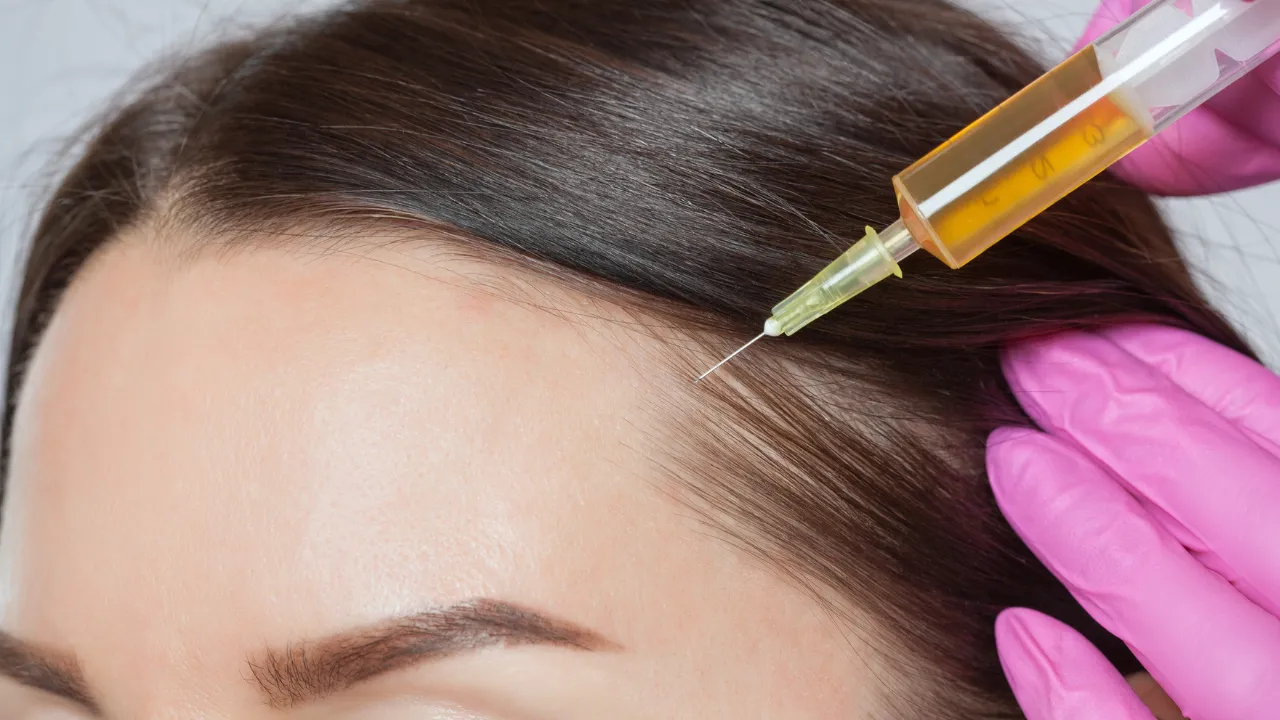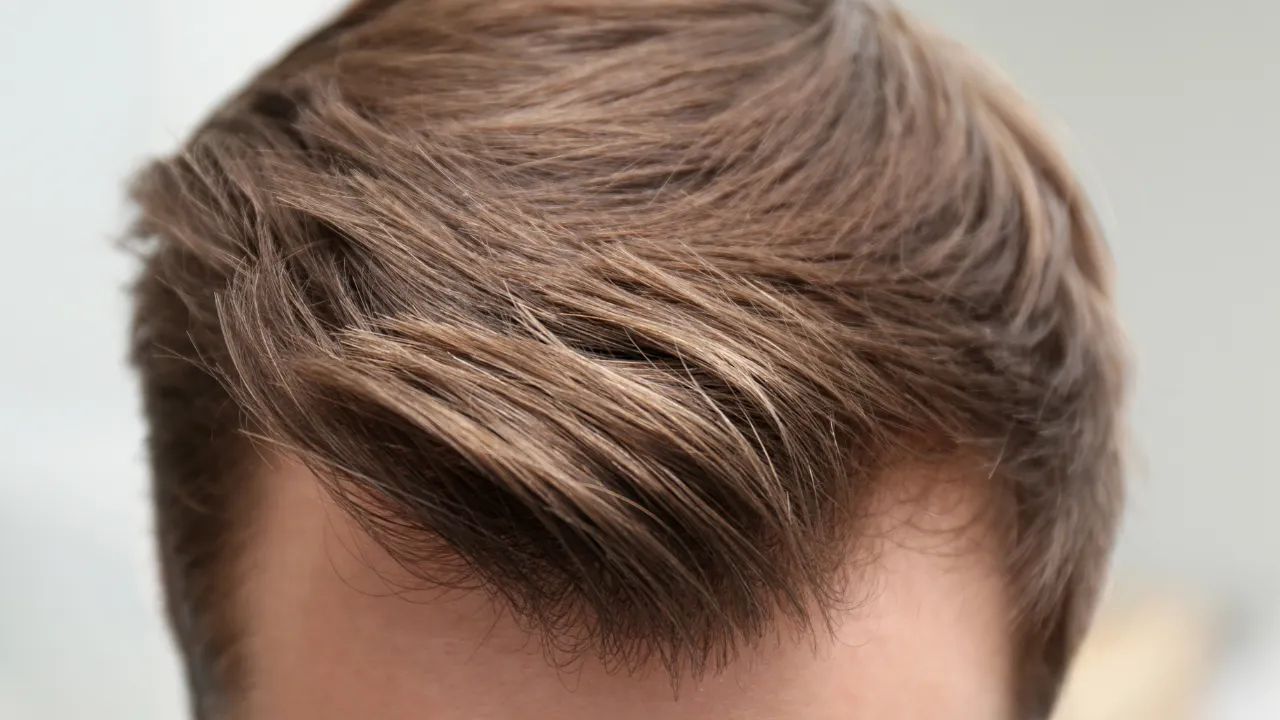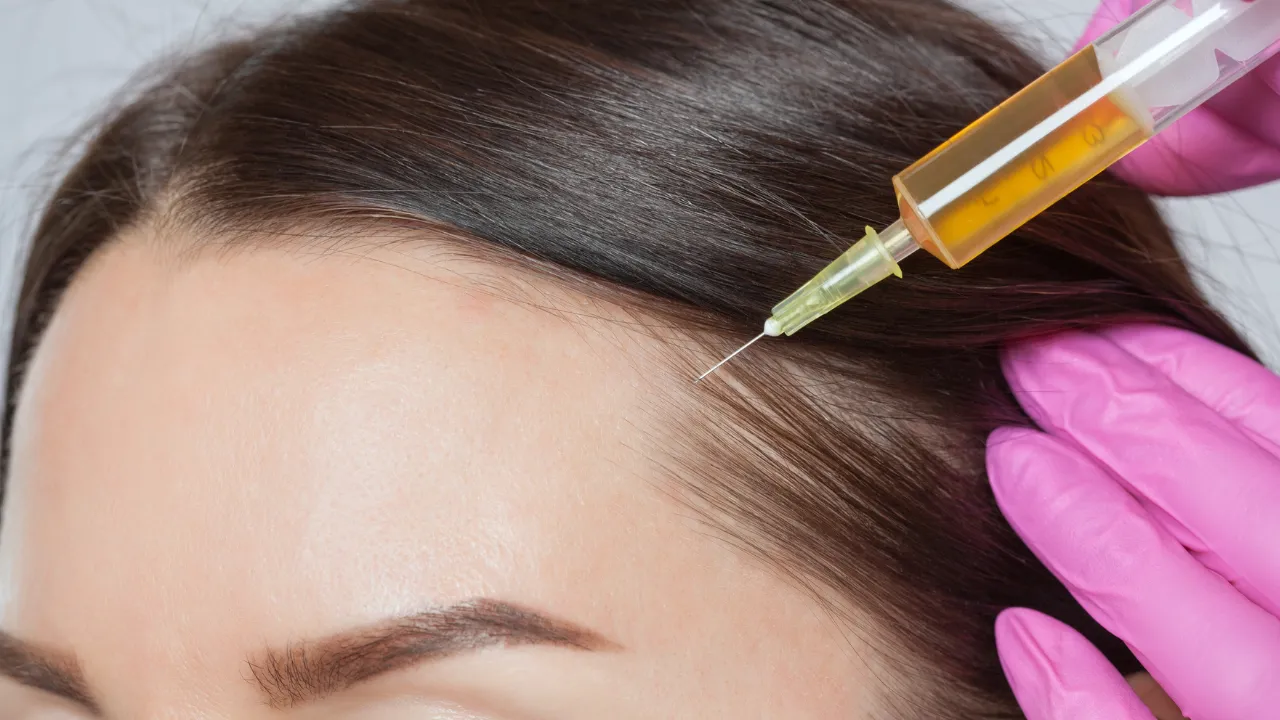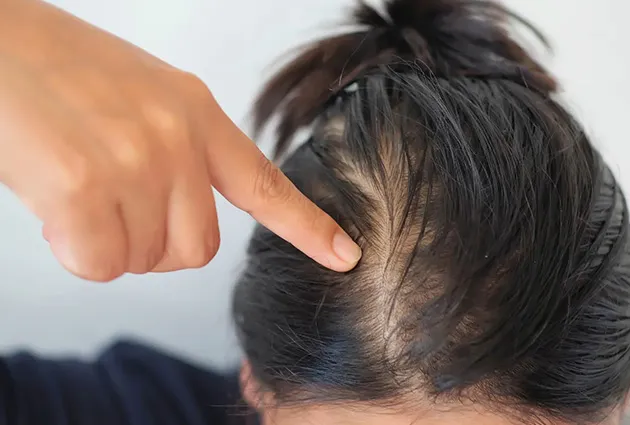Table of Contents
ToggleBeard transplantation is a cosmetic procedure designed to restore or enhance beard growth in individuals with patchy or sparse facial hair. Using advanced techniques such as Follicular Unit Transplantation (FUT) and Follicular Unit Extraction (FUE), surgeons transfer hair follicles from a donor site, typically the back of the scalp, to the recipient area on the face. This process not only improves aesthetics but also boosts confidence for those seeking a fuller, well-defined beard.
A beard transplant can be life-changing—but when it goes wrong, the effects can be devastating. Whether it’s a beard transplant fail due to poor technique or a beard hair transplant gone wrong from unqualified providers, the results often leave patients frustrated and looking for repair solutions.
Additionally, beard transplantation has become increasingly popular due to its proven ability to deliver natural-looking results and long-lasting improvements in facial hair density. Celebrities spark curiosity, and questions like “Did Eminem Get a Beard Transplant?” highlight the growing interest in this procedure.
Why Consider a Beard Transplant?
A beard transplant can provide:
- Natural-looking results that blend seamlessly with your existing facial hair, ensuring no visible difference between transplanted and natural hair.
- Increased beard growth in areas where hair is sparse or absent.
- A reliable solution for individuals who cannot grow a beard due to genetics, hormonal imbalances, or medical conditions such as alopecia.
For many, the ability to style and groom their beard according to personal preferences adds a significant psychological benefit, enhancing self-esteem and personal image. Beard transplants also offer flexibility, allowing individuals to customize the shape and density of their beard to match their unique facial features.
The Hair Transplant Procedure: How It Works
- Consultation with an Experienced Surgeon During the initial consultation, the surgeon evaluates your existing hair, discusses your goals, and determines whether you’re a good candidate for the procedure. This step often includes examining the texture, density, and color of the hair in your donor site to ensure compatibility with your facial hair. The consultation phase is also an opportunity to address questions and set realistic expectations about the outcomes.
- Donor Hair Extraction Hair is harvested from the donor area, typically the back or sides of the scalp, using FUE or FUT methods. FUE involves extracting individual hair follicles, while FUT involves removing a strip of skin containing hair follicles. Both methods are effective, and the choice depends on the patient’s needs and the surgeon’s recommendation. Advanced techniques help minimize scarring and ensure the harvested hair remains healthy for transplantation.
- Preparation of Hair Grafts The extracted hair follicles are carefully prepared for transplantation under sterile conditions. This meticulous process ensures that each graft remains viable and ready for implantation. Surgeons meticulously separate and count the grafts to match the required density and coverage in the recipient site.
- Implantation into the Recipient Area The surgeon places each follicle into the recipient site, ensuring proper angle, depth, and direction for a natural appearance. This step is crucial to achieve natural-looking results and involves artistic precision. The surgeon’s expertise in facial aesthetics plays a key role in creating a beard that complements the patient’s features.
- Recovery and Hair Growth Post-surgery, transplanted hair initially falls out within a few weeks but regrows in the coming months. Over time, these hairs integrate seamlessly with the existing facial hair, providing long-lasting results. Patients often notice visible improvements in beard density within six months, with full results achieved by the one-year mark.
Reducing the risk of complications starts with choosing a trusted clinic. For those considering a beard transplant in New York City, the area is renowned for its advanced technology and highly experienced surgeons
What Happens When a Beard Transplant Fails?
When a beard transplant fails, it can lead to uneven growth, scarring, or visible hairless patches. Many patients who come to Dr. Kopelman report issues after their initial beard transplant goes wrong elsewhere, often due to outdated tools or lack of medical oversight.
This type of beard transplant failure can significantly impact self-confidence and may require specialized corrective surgery to improve the final outcome.
Beard Transplant Side Effects and Risks
While generally safe, beard transplantation does come with potential risks:
Common Side Effects
- Swelling and redness around the recipient area.
- Temporary hair loss in the transplanted region is often referred to as shock loss.
- Mild discomfort or itching during the recovery phase.
Rare Complications
- Infection or scarring at the donor site or face.
- Uneven hair growth or failed transplants due to improper technique or poor aftercare.
- Persistent redness or sensitivity in the treated areas.
Proper post-operative care and selecting a qualified surgeon significantly reduce these risks, ensuring a smoother recovery process. Surgeons typically provide detailed aftercare instructions, including the use of medicated shampoos and avoiding physical activities that could disrupt healing.
When dealing with a beard transplant gone wrong, the most common issues include poor density, unnatural angles, and improperly placed hair follicles. These complications often stem from inexperienced surgeons, outdated equipment, or clinics that lack medical oversight. Balancing cost and quality is crucial when considering the procedure. If you’re wondering how much a beard transplant costs, remember that cheaper options might have higher risks.
Can a Beard Transplant Go Wrong?

Unfortunately, a botched beard transplant can occur when an inexperienced surgeon performs the procedure. Signs of a failed beard transplant include unnatural hair placement, visible scarring, or poor growth in the transplanted area.
In some cases, patients experience asymmetry or patchy results, which can be challenging to correct. Other issues include infections that may lead to scarring or damage to the surrounding tissue.
Selecting a skilled and qualified surgeon is critical to avoiding these outcomes and ensuring long-term satisfaction.
How to Choose the Right Hair Transplant Surgeon
- Experience Matters Look for a surgeon with extensive experience in beard hair transplantation and a proven track record of success. Their expertise ensures that they understand the nuances of facial hair restoration.
- Credentials Ensure the surgeon is certified and specializes in hair transplantation surgery. Affiliations with reputable organizations often indicate high standards of practice.
- Reviews and Results Check testimonials, before-and-after photos, and patient reviews to assess their expertise. Don’t hesitate to ask for references or case studies from previous clients.
- Technology and Techniques Choose a clinic that uses advanced techniques like FUE and state-of-the-art tools for precise results. Discuss the options available and the potential benefits of each.
- Patient Support A clinic with a supportive team can guide you through the process, from pre-procedure preparations to post-procedure recovery.
Selecting a trusted clinic can significantly minimize risks. For those seeking the best care, consider our beard transplant in the New York City clinic, where you’ll find world-class surgeons.
Frequently Asked Questions
What Are the Risks of a Beard Transplant?
Risks include infection, scarring, and uneven results. Choosing an experienced surgeon minimizes these issues and ensures a higher success rate.
Does Transplanted Beard Hair Fall Out?
Yes, transplanted hair initially falls out but regrows permanently within a few months. This shedding is a natural part of the healing process.
Is a Beard Transplant Worth It?
For those seeking natural-looking results and improved beard growth, the procedure is often worthwhile. The confidence and styling options it provides make it a valuable investment.
How Long Do Beard Transplants Last?
Results are typically permanent as the transplanted hair follicles integrate with the surrounding tissue and continue to grow naturally.
What Happens If the Transplant Fails?
While rare, a failed transplant can be corrected through touch-up procedures or by consulting a specialist to address underlying issues.
You might be interested in:
Success Factors in Beard Transplants
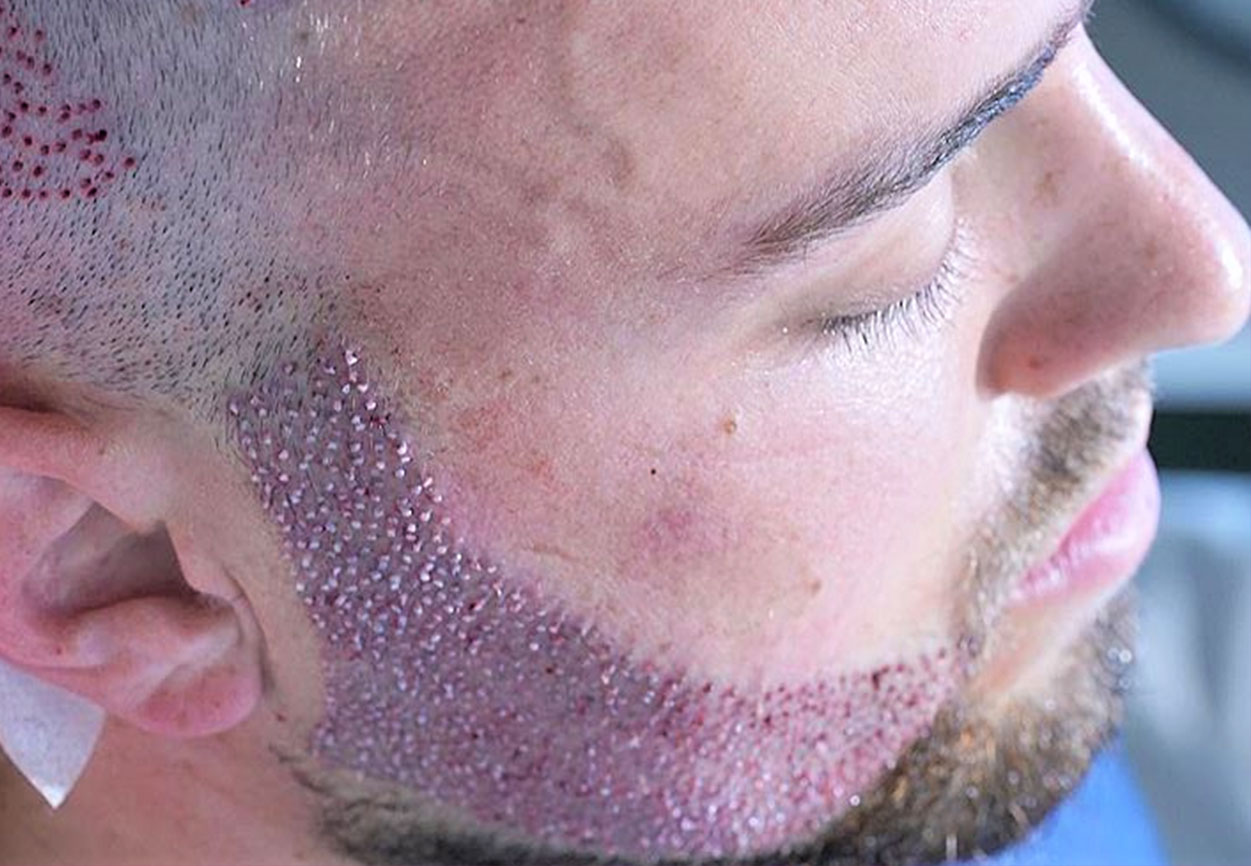
Achieving optimal results depends on several factors:
- Surgeon Expertise: The skill and experience of your surgeon are paramount.
- Aftercare: Proper care of the donor site and recipient area ensures healthy healing and growth.
- Patient Health: Good overall health and adherence to post-operative instructions support successful outcomes.
- Realistic Expectations: Understanding the timeline and process helps patients appreciate the gradual improvement in hair growth.
While risks are possible, many patients report great satisfaction with their results. For more insight, explore our beard hair transplant before and after examples.
Recovery Timeline
- Day 1-3: Swelling and redness in the recipient area. Avoid touching or washing the area during this period.
- Week 1: Scabs form and fall off naturally. Patients should follow cleaning protocols provided by their surgeon.
- Months 1-3: Temporary hair loss occurs as follicles enter a resting phase. This is normal and precedes new growth.
- Months 4-12: Steady hair growth becomes visible, with full results apparent by the one-year mark. Regular check-ups ensure progress is on track.
Alternatives to Beard Transplants
If you’re not ready for surgery, consider:
- Beard Growth Products: Oils, serums, and supplements can promote beard growth, though results may vary.
- Lifestyle Changes: Proper nutrition, hydration, and skincare can improve hair health.
- Microblading: A non-surgical option for filling in sparse areas, though it requires regular touch-ups.
- PRP Therapy: Platelet-rich plasma injections to stimulate hair growth naturally.
Final Thoughts on Beard Transplants

A successful beard transplant can transform your appearance, providing a fuller, more defined beard. By choosing a skilled hair transplant surgeon and following post-procedure care, you can achieve lasting, natural-looking results.
If your beard transplant failed, you’re not alone. Dr. Kopelman specializes in correcting procedures that have gone wrong, helping patients regain confidence and natural results. At Dr. Kopelman’s clinic, we specialize in delivering exceptional outcomes tailored to your unique needs. Whether addressing patchy growth or creating an entirely new beard, our expertise ensures you’ll enjoy results that boost both your appearance and confidence.
Book a consultation with Dr. Kopelman today and take the first step toward your best beard yet.


